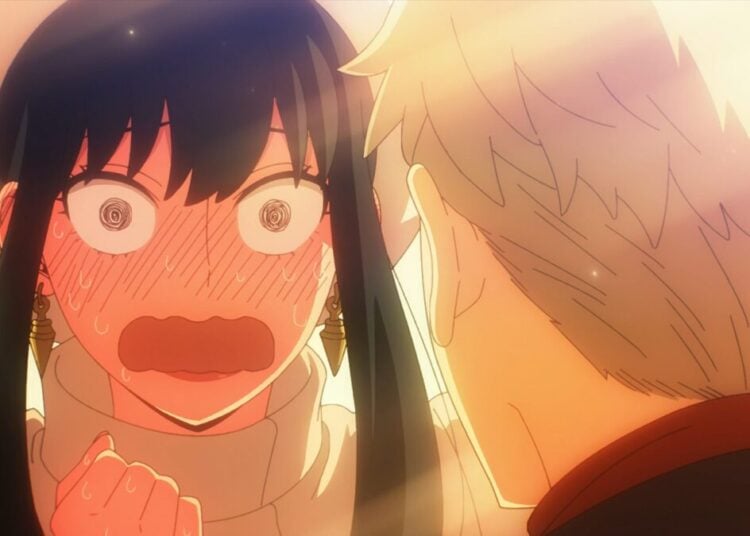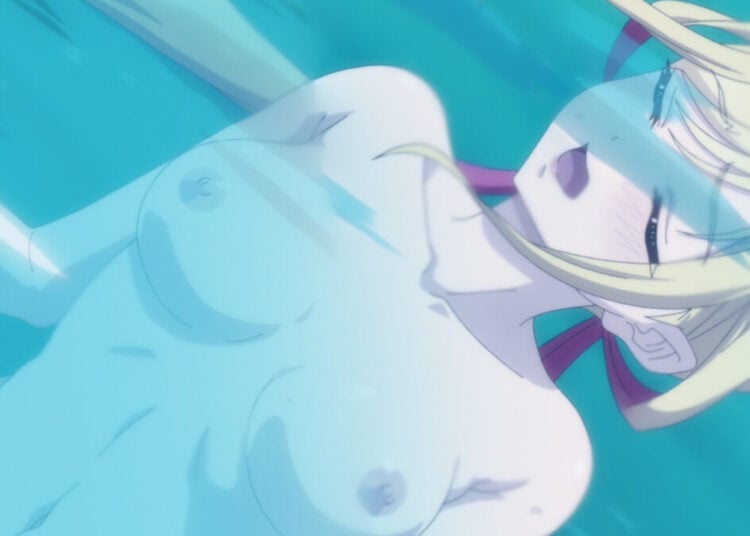As ubiquitous as isekai works are nowadays, it’s easy to forget how they’re not a new phenomenon. One example from the mid-2000s, right as these really began booming in popularity, was Zipang (2004–2005), a serious, historical isekai with more depth than you’d expect. While the subject matter, as it’s set during World War 2, can seem a volatile minefield for many reasons, stick around and you’ll find a compelling tale that’s more insightful than controversial.
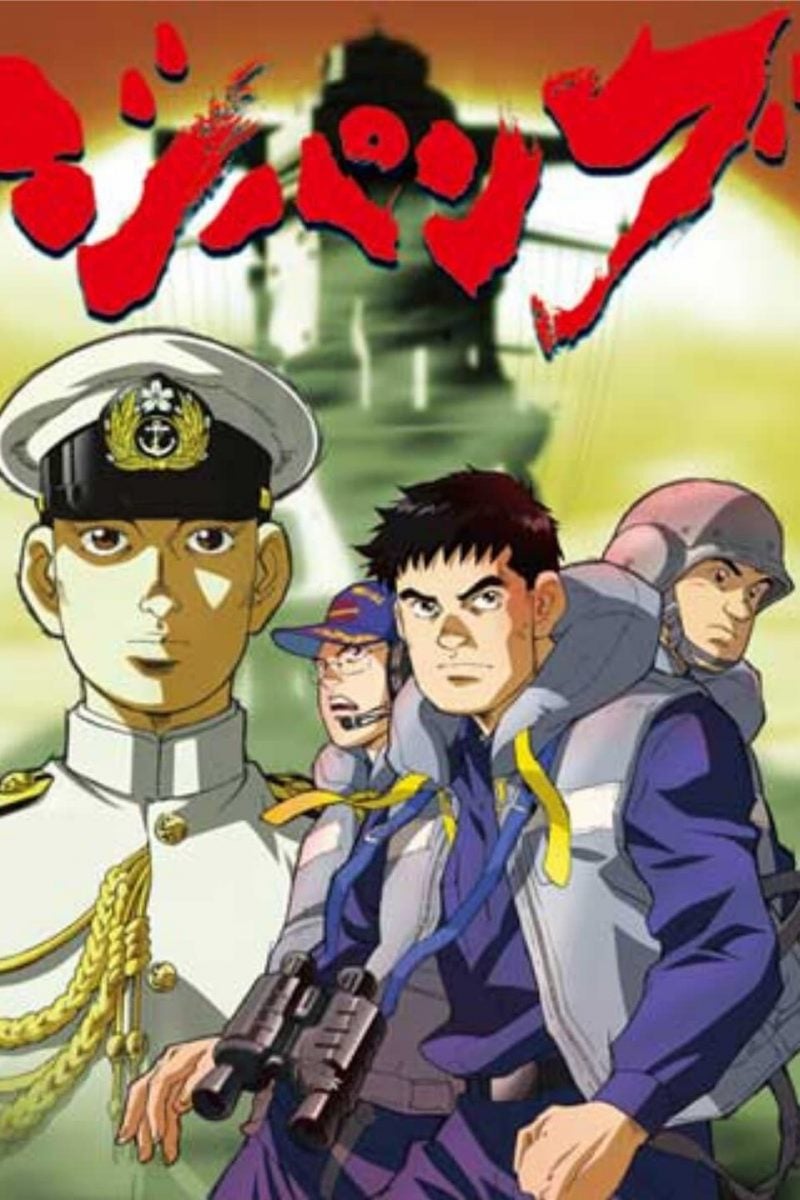
Based on a manga by Kaiji Kawaguchi that ran from 2000 to 2009 — of which only four out of 43 volumes have been published in English — it was animated by Studio DEEN with a 26-episode run. It notably had some star power behind it, with Kazuhiro Furuhashi of Rurouni Kenshin, You’re Under Arrest, and Mobile Suit Gundam Unicorn fame at the helm. Yet, in spite of having a talented director, and generally favorable reviews, it was never followed up, leaving the series on a cliffhanger. Moreover, while the story’s backdrop raised concerns among some foreign critics that it might glamorize Imperial Japan, neither it nor the original books caught much traction in the West. This is a shame, as what’s on offer, much like the source material, is remarkably solid.
The anime also saw an English release around 2006. Much like the original broadcast, however, it didn’t gain enough traction. (Source: YouTube)
Trapped in Time
Zipang‘s premise, on the surface, would be familiar to anyone who’s seen an isekai, or sci-fi films like The Final Countdown (1980). One day, the Japan Maritime Self-Defense Force’s most advanced cruiser, the JDS Mirai, finds itself caught in a magnetic anomaly on its way to a joint military exercise. To the shock of XO Yōsuke Kadomatsu (Tetsu Inada, Mark R. Kaufmann) and everyone onboard, however, they soon find themselves in 1942, just as the Battle of Midway is beginning. Even with the Imperial Japanese Navy close by, the ship’s crew initially attempt to do nothing but find a way back home. Things get much more complicated when they rescue a downed officer named Takumi Kusaka (Hiroki Tōchi, Edward Choy Keng Choong), who soon learns of what awaits his country in the future. Thus, despite their best efforts, history is changing, but is it for better or worse?
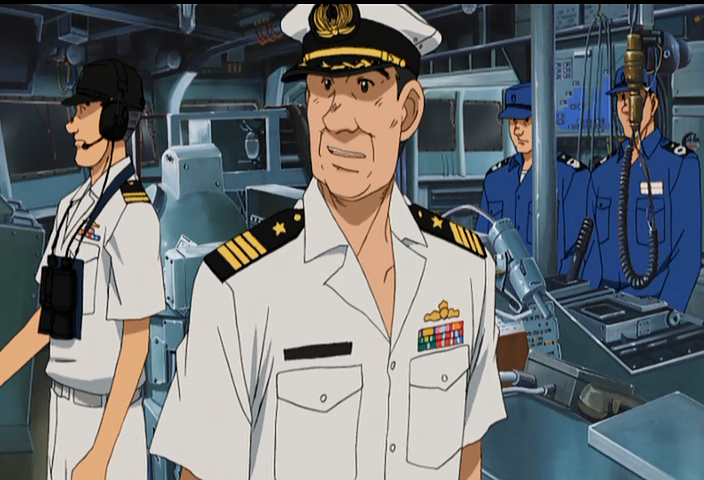
Like the manga, the anime emphasizes how such a premise could play out in reality, but also puts the realities of the time period into the limelight. You’re also given a glimpse of the darker aspects of Imperial Japan, whether it’s Kusaka’s plans for the Mirai, or real-life militarist Masanobu Tsuji exploiting the situation to advance his clique’s grim vision for Asia, especially as the timeline becomes ever more divergent. At the same time, attention is given to the likes of warmonger-turned-pacifist Kanji Ishiwara (Naoki Tatsuya), as well as famed IJN admiral Isoroku Yamamoto (Bunbei Tobayama), as they attempt to change fate in the name of peace. Even the Americans, such as Alexander Vandegrift (Hidekatsu Shibata, Joe Murray), are given their fair due as doing their duty. Rather than being a propagandistic screed or a power fantasy, it instead gives a nuanced take on the conflict from the Japanese perspective that ultimately condemns the horrors of war. With its blunt, yet respectful treatment of the past, it’s a fascinating insight, especially for Western fans.
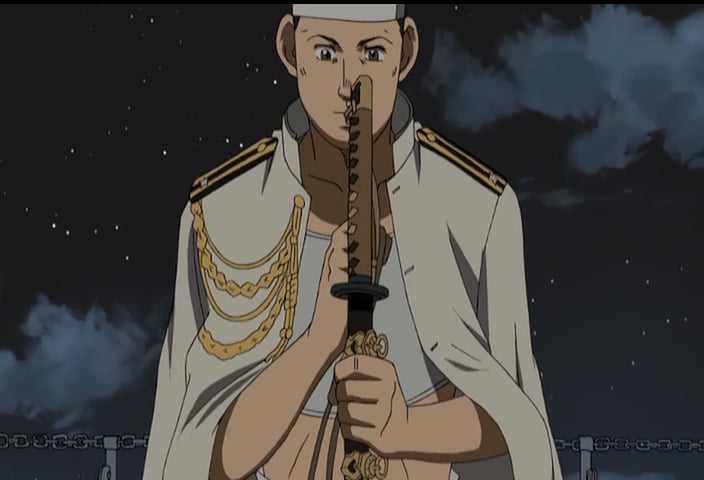
This could also be seen in the character dynamics. Kadomatsu, for instance, is admirable in caring for his crew, and eventually seeking an early end to the Pacific War, yet is almost undermined by his fears and indecision. Meanwhile, his friend Masayuki Kikuchi (Takanori Hoshino, Paul Pistore) is shown to be a well-intentioned pacifist, who ultimately knows that change is inevitable and that creating a stronger nation is worth the bloodshed, which leads to a clash among the ship’s crew. This isn’t to ignore how all of them, born and trained in a time of peace, are forced to make decisions that could only make sense in real war. Barring the more villainous characters like Kusaka — and even he’s shown to have some genuine empathy for all his machinations — no one is shown in plain black-and-white. By and large, they’re people trying to make sense of that perennial question: what would you do if given the power to change the past?
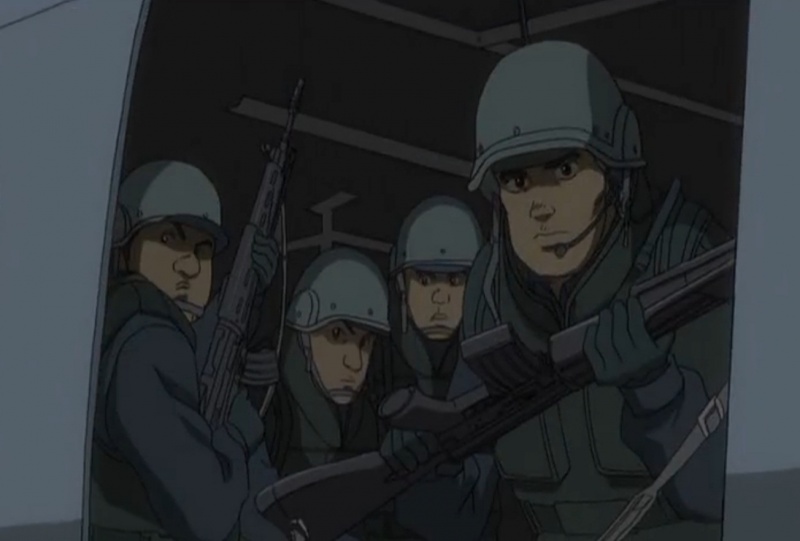
Granted, it’s something of a slow burn, especially when the clashes tend to be more cerebral than anything else. Nonetheless, there’s remarkable depth to be found in Zipang, such that even the war scenes are commendable in humanizing both the American and Japanese sides.
Untapped Potential
While Studio DEEN’s not synonymous with “quality,” the animators did a decent job in bringing the manga to life. Taking cues from Kawaguchi’s work, the art style is very realistic and detailed, which could be seen everywhere from the rivets on fighter planes to the uniforms worn by both the Mirai‘s crew and the IJN. While the more cerebral nature of the plotlines means that it’s a bit easier to get away with more static direction, it’s not to say that the visuals are lazy. Though the mix of CGI and 2D, especially when aircraft and large vessels are involved, hasn’t quite aged so gracefully, the action-packed sequences have a lot of spectacle to go along with the ensuing harrowing carnage. That the JMSDF was also involved in the anime’s production, if passively, helps in further adding grounded realism.
Zipang’s combat sequences do a good job in being action-packed setpieces, while still conveying the sober elements of the narrative. (Source: YouTube)
In terms of audio, Zipang won’t blow you away, but certainly makes a strong effort. Toshihiko Sahashi’s soundtrack, with its peculiar meshing of techno, jazz, and Pacific War-era martial motifs, is simultaneously heart-pounding and melancholy, which goes as well with gunfire as it does with internal monologue. Speaking of which, the voice acting isn’t on par, especially the English dub. Still, it’s just as grounded and serious as the rest of the series, doing a serviceable job in making the characters feel real.
If there’s one big failure with this anime, it’s that it ended on an abrupt cliffhanger, just as the plot was truly entering the realm of alternate history. Unfortunately, no follow-up season or sequel was ever made, while the Western localization also came and went. Given the subject matter and generally serious tone, it’s perhaps unsurprising that it also lacked enough mainstream appeal. That it also aroused heated sentiments from more politicized circles didn’t help either.
In spite of the historical baggage and niche appeal, Zipang still manages to be a memorable, if not haunting isekai. With the passing of time, it’s also seen something of a reappraisal, from praise for its fluid, cerebral plotlines, to how historically faithful it can be. As much of a shame as it is that there’s no continuation, at least you’re treated to a deeply introspective adventure that’ll leave much to think about.


